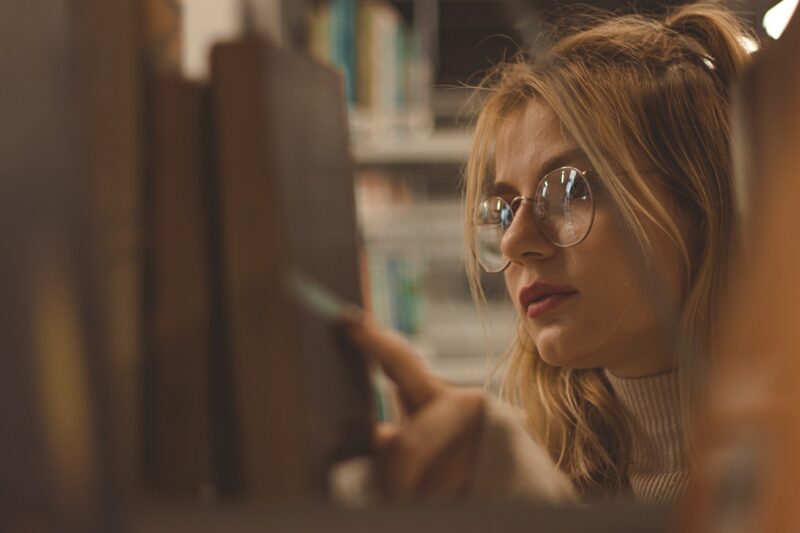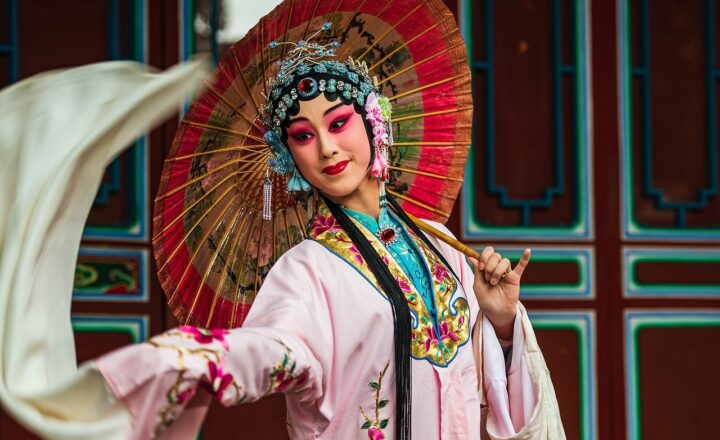From Page to Screen: How Comic Book Art Styles Influence the Visuals of Blockbuster Movies
November 14, 2024

Comic books have long been a source of inspiration for filmmakers, blending the two visual arts to create unforgettable cinematic experiences. From their vibrant colors to meticulous line work, comic book art styles contribute significantly to the way stories are told on the big screen. As superhero movies continue to dominate box offices worldwide, understanding how comic art influences film visuals has become increasingly relevant. This article explores the intersection of comic book artistry and film, focusing on the various art styles and their impact on blockbuster cinematic aesthetics.
1. Evolution of Comic Book Art Styles
The journey from the golden age of comic books in the 1930s to the present day showcases a rich tapestry of artistic styles. The evolution can be categorized into distinct phases:
– Golden Age (1930s-1950s): Featuring iconic styles from artists like Bob Kane and Jerry Siegel, this age was characterized by bold colors and simplistic designs.
– Silver Age (1956-1970): Marked by diversity, with artists like Jack Kirby and Steve Ditko introducing dynamic compositions and stylized characters, emphasizing action and drama.
– Bronze Age (1970-1985): This period witnessed the emergence of darker themes and more complex storytelling, with artists like Neal Adams employing realistic proportions and intricate details.
– Modern Age (1985-present): Today’s comic book art is varied and complex, featuring innovation in digital techniques and mixed media, represented by artists like David Aja and Fiona Staples.
By exploring these evolutionary stages, filmmakers can gain insight into the fascinating transformation of comic book art styles and their relevance in contemporary cinema.
2. Impact of Comic Art on Cinematic Visuals
Comic book art styles have a profound impact on how filmmakers construct their visuals. Here’s how comic aesthetics find their way onto the silver screen:
– Framing and Layout: Comics utilize panels to dictate pacing and focus. Filmmakers often mimic this effect through dynamic framing and shot transitions, which creates a sense of movement and drama that mirrors the comic experience.
– Color Palette: The vibrant colors found in comic book artistry inspire filmmakers’ choices in cinematography. For instance, the rich, saturated hues of ‘Spider-Man: Into the Spider-Verse’ pay homage to the living colors of comic pages, visually distinguishing the film.
– Character Design: Comics often exaggerate features to emphasize personalities. Directors incorporate these stylized character designs into movie adaptations, ensuring that characters translate well from page to screen. Films like ‘Doctor Strange’ highlight this by adopting visual motifs akin to the comics.
– Visual Effects: The use of visual effects in films has been significantly influenced by comic book art. Movies frequently utilize visual techniques such as comic-style speech bubbles, dynamic text graphics, and exaggerated action sequences—further bridging the gap between two mediums.
These artistic elements coalesce to create a viewing environment that resonates with comic enthusiasts while attracting new audiences.
3. A Look at Iconic Films Influenced by Comic Book Styles
Numerous blockbuster films illustrate the influence of comic book art styles, showcasing various visual techniques that pay homage to their printed predecessors:
– ‘Sin City’ (2005): This film adapts Frank Miller’s comic book closely, employing stark black-and-white visuals, splashes of color, and dramatic shadows to create a striking contrast reminiscent of the source material.
– ‘300’ (2006): Through the integration of comic-inspired cinematography, including exaggerated slow-motion sequences and stylized motion, ‘300’ pays homage to the comic book format that inspired it, creating a visually stunning and visceral experience.
– ‘Spider-Man: Into the Spider-Verse’ (2018): As a standout example, this animated feature took comic book artistry to new heights, integrating a unique art style that mixes CGI with hand-drawn techniques, effectively mimicking comic panels and two-dimensional perspectives.
– ‘The Avengers’ (2012) and Subsequent Films: These films incorporate ensemble shots and large-scale action sequences that are visually comparable to comic book pages where multiple heroes face threats together. The layout often echoes pages of team-up comics.
By examining these films, we can see how comic book art styles seamlessly transition to cinematic spectacles, shaping viewer experiences.
4. Behind the Scenes: Collaborations between Artists and Filmmakers
Many successful filmmakers understand the aesthetic depth of comic artistry and frequently collaborate or consult comic artists for input during production:
– Creative Consultation: Filmmakers often bring in comic artists during storyboarding to ensure visual narratives remain faithful to their source material. This collaboration aids in translating comic layouts effectively onto the screen.
– Character Design Influence: Many cinematic iterations of characters are developed by consulting the original comic artists. Additionally, modern artists like Jim Lee and Alex Ross have made guest appearances or contributed designs for films and merchandise, fostering a strong link between comics and cinema.
– Screenplays adapted from Graphic Novels: The crossover between graphic novels and film scripts has become common, with narratives specifically designed for visual storytelling. Writers often choose specific art styles that contribute to film tone and motif.
This collaborative spirit bolsters a film’s authenticity and resonates with audiences who admire both mediums.
5. The Future of Comic Book Art in Film
As the comic book genre continues to grow, the exploration of art styles and their impact on film aesthetics will evolve. Future trends may include:
– Greater Variety in Art Styles: More diversity in comic art will influence filmmakers to explore unconventional styles, breaking away from traditional superhero aesthetics.
– Interactive Experiences: The increasing use of augmented and virtual reality may create opportunities for viewers to engage with comic book narratives in fresh ways, mirroring visuals and immersing them in the stories.
– Crossover into Other Genres: As comic book adaptations expand beyond superheroes, we can expect a broader array of artistic influences from horror or sci-fi comics, enriching cinematic visuals in unexplored dimensions.
The influence of comic book artistry on film is undeniably transformative. As technology progresses, we are likely to witness innovative adaptations that push the boundaries of visual storytelling.
Conclusion
The marriage of comic book art styles and blockbuster films has created a dynamic visual culture that captivates audiences worldwide. From framing techniques to character designs, the artistry of comics offers filmmakers a rich tapestry to explore.Together, filmmakers and comic artists will continue to shape the future of storytelling in film, blending two powerful mediums and creating experiences that are as captivating as the pages from which they originate.
As the genre continues to thrive, one thing remains certain: the influence of comic book art styles will cast a compelling spell over the silver screen for years to come, reminding us of the artistry that continues to generate thrilling visual narratives for both comic and film lovers.






